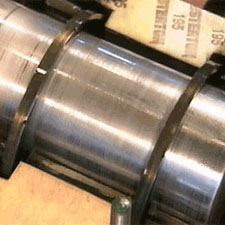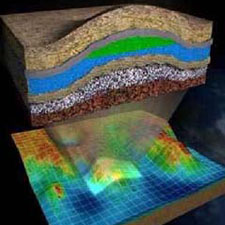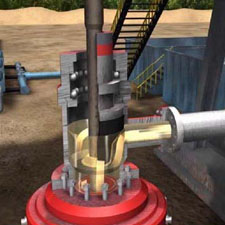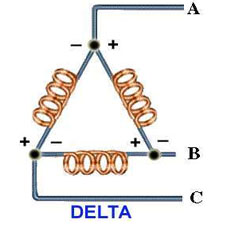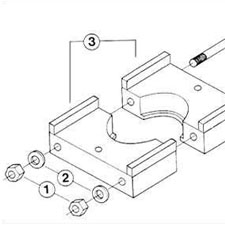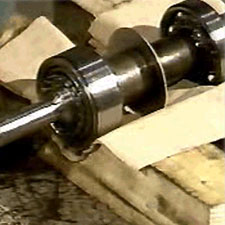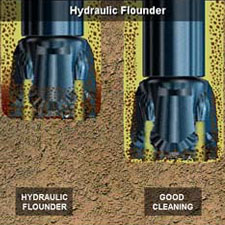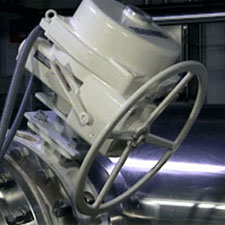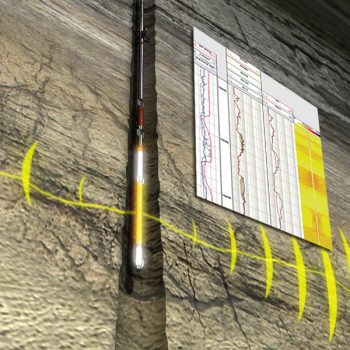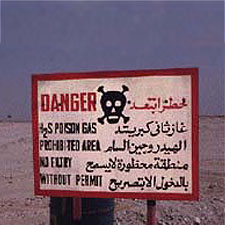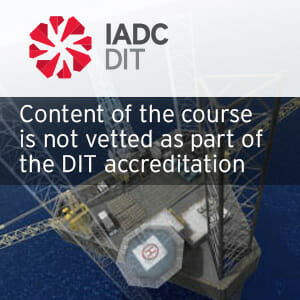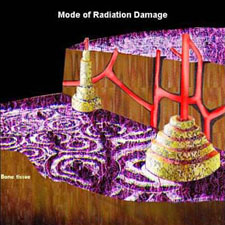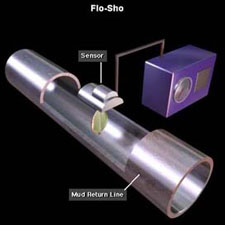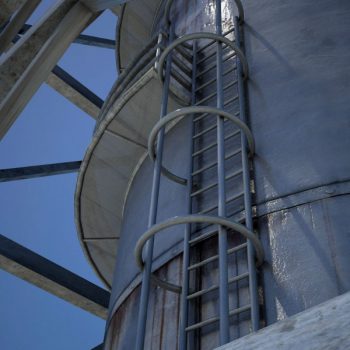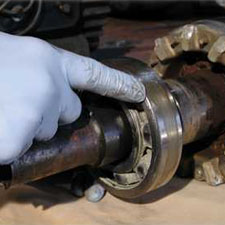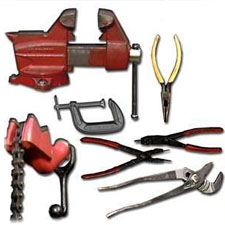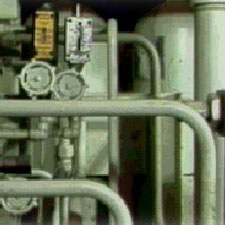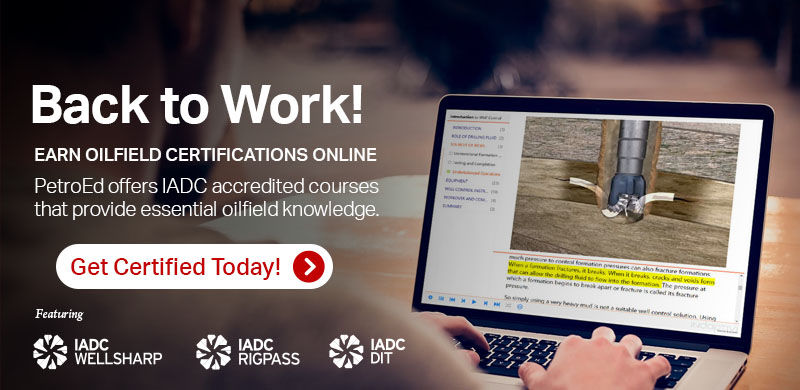Subtotal: $0.00
Industrial Lubrication
Industrial Lubrication
Course Overview
This course is designed for training oilers, mechanics, and millwrights as well as for the multicraft needs of process and manufacturing facilities. Participants are trained to recognize various types of lubrication systems and their maintenance requirements, including ring, bath, splash, constant level, and forced feed lubrication systems, as well as understand how they operate. Participants also learn the importance of following lubrication schedules, how to change common types of oil filters, and how to properly handle and store lubricants to prevent lubricant contamination.
Course Objectives
- Define lubrication and explain the benefits of a proper lubrication program.
- Define friction and identify factors that contribute to friction.
- Identify the three basic types of friction.
- Describe three types of lubrication applications used to reduce friction.
- Define viscosity.
- Describe three types of liquid lubricants and some typical applications.
- Describe the properties of liquid lubricants.
- Describe the properties and types of semi-solid lubricants and some typical applications.
- Describe types of solid lubricants and some typical applications.
- Describe the properties of solid lubricants.
- Identify some benefits of using synthetic lubricants.
- Explain the function of additives and inhibitors.
- Describe types and causes of lubricant contamination and how to prevent it.
- Describe proper methods of lubricant storage.
- Explain how ring, bath, and splash lubrication systems operate.
- Explain how constant level lubrication systems operate.
- Perform a check on a natural feed lubrication system and determine machine condition.
- Describe how to add oil to a natural feed lubrication system.
- Describe the operation of forced feed lubrication systems.
- Explain the differences between natural feed and forced feed lubrication systems.
- Perform a check on a forced feed lubrication system and determine machine condition.
- Identify various devices used to apply lubrication manually.
- Describe how to apply the proper amount of grease to a bearing.
- Explain the purpose of filters in a lubrication system.
- Explain the differences between surface filters and depth-type filters.
- Explain why filter maintenance is important.
- Recognize indications that a filter must be cleaned or replaced.
- Explain the benefits of following a lubrication schedule.
- Interpret information on a lubrication schedule.
- Explain the benefits of oil sampling and analysis.
Included Modules
- Introduction to Industrial Lubrication: This is the first lesson in the Industrial Lubrication Course. This lesson explains the concept of lubrication and friction, and demonstrates the benefits of a proper lubrication program.
- Lubricants: This is the second lesson in the Industrial Lubrication Course. This lesson explains viscosity as well as the properties of common solid, semi-solid, and liquid lubricants are described as well as the benefits associated with synthetic lubricants and the functions of additives and inhibitors. Common types and causes of lubricant contamination are described and proper methods of lubricant storage are demonstrated.
- Lubrication Systems: This is the third lesson in the Industrial Lubrication Course. This lesson trains participants to recognize various types of lubrication systems and their maintenance requirements, including ring, bath, splash, constant level, and forced feed lubrication systems, as well as understand how they operate.
- Filters and Lubrication Maintenance: This is the final lesson in the Industrial Lubrication Course. Participants also learn the importance of following lubrication schedules, how to change common types of oil filters. This lesson explains the purpose of filters and the importance of filter maintenance in lubrication systems. Additionally, the lesson indicates the benefits of oil sampling and analysis and identifies several factors, which can cause lubrication failure.

